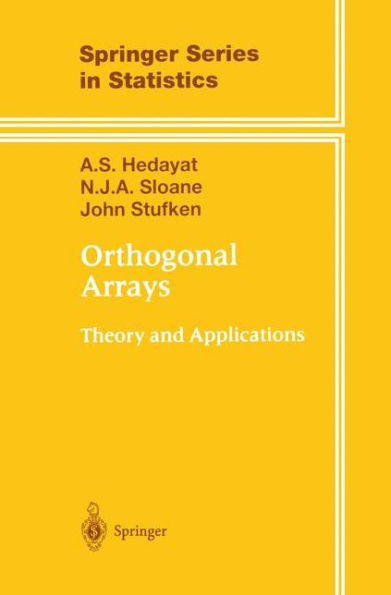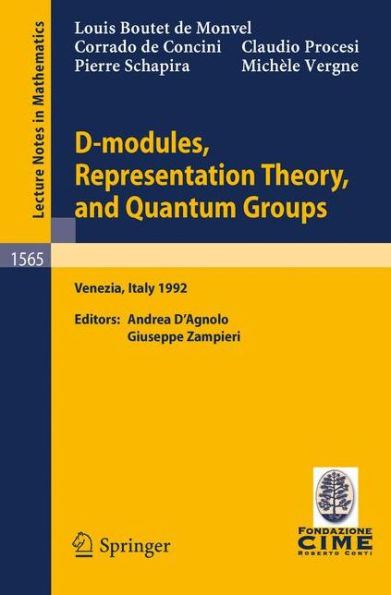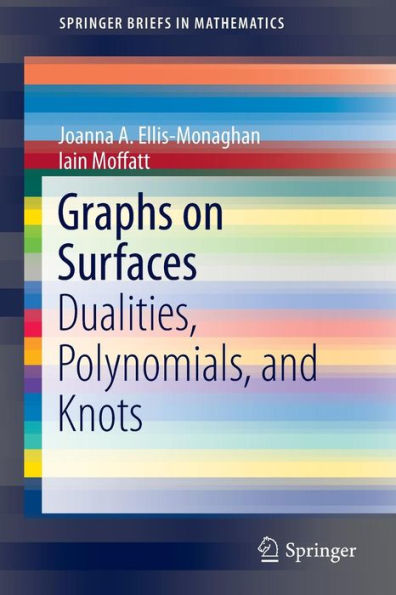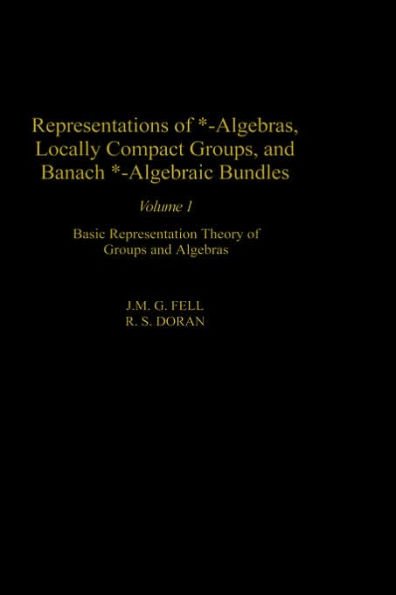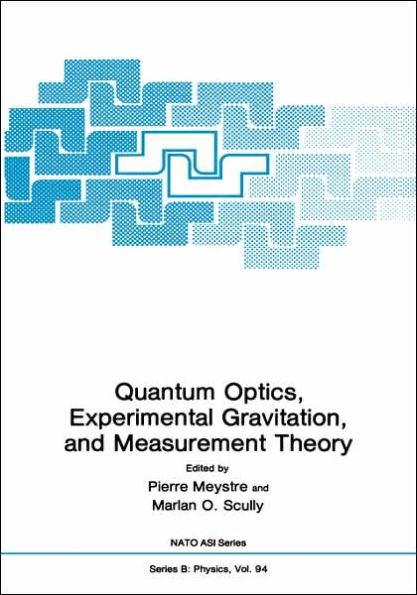Home
Arithmetical Investigations: Representation Theory, Orthogonal Polynomials, and Quantum Interpolations / Edition 1
Barnes and Noble
Arithmetical Investigations: Representation Theory, Orthogonal Polynomials, and Quantum Interpolations / Edition 1
Current price: $49.95
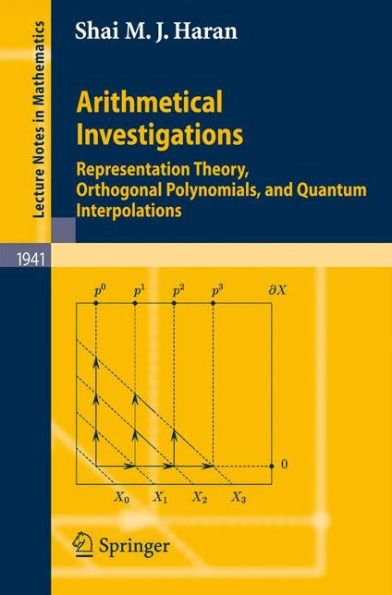

Barnes and Noble
Arithmetical Investigations: Representation Theory, Orthogonal Polynomials, and Quantum Interpolations / Edition 1
Current price: $49.95
Size: OS
Loading Inventory...
*Product information may vary - to confirm product availability, pricing, shipping and return information please contact Barnes and Noble
In this volume the author further develops his philosophy of quantum interpolation between the real numbers and the p-adic numbers. The p-adic numbers contain the p-adic integers Z
p
which are the inverse limit of the finite rings Z/p
n
. This gives rise to a tree, and probability measures w on Z
correspond to Markov chains on this tree. From the tree structure one obtains special basis for the Hilbert space L
2
(Z
,w). The real analogue of the p-adic integers is the interval [-1,1], and a probability measure w on it gives rise to a special basis for L
([-1,1],w) - the orthogonal polynomials, and to a Markov chain on "finite approximations" of [-1,1]. For special (gamma and beta) measures there is a "quantum" or "q-analogue" Markov chain, and a special basis, that within certain limits yield the real and the p-adic theories. This idea can be generalized variously. In representation theory, it is the quantum general linear group GL
(q)that interpolates between the p-adic group GL
), and between its real (and complex) analogue -the orthogonal O
(and unitary U
)groups. There is a similar quantum interpolation between the real and p-adic Fourier transform and between the real and p-adic (local unramified part of) Tate thesis, and Weil explicit sums.
p
which are the inverse limit of the finite rings Z/p
n
. This gives rise to a tree, and probability measures w on Z
correspond to Markov chains on this tree. From the tree structure one obtains special basis for the Hilbert space L
2
(Z
,w). The real analogue of the p-adic integers is the interval [-1,1], and a probability measure w on it gives rise to a special basis for L
([-1,1],w) - the orthogonal polynomials, and to a Markov chain on "finite approximations" of [-1,1]. For special (gamma and beta) measures there is a "quantum" or "q-analogue" Markov chain, and a special basis, that within certain limits yield the real and the p-adic theories. This idea can be generalized variously. In representation theory, it is the quantum general linear group GL
(q)that interpolates between the p-adic group GL
), and between its real (and complex) analogue -the orthogonal O
(and unitary U
)groups. There is a similar quantum interpolation between the real and p-adic Fourier transform and between the real and p-adic (local unramified part of) Tate thesis, and Weil explicit sums.
